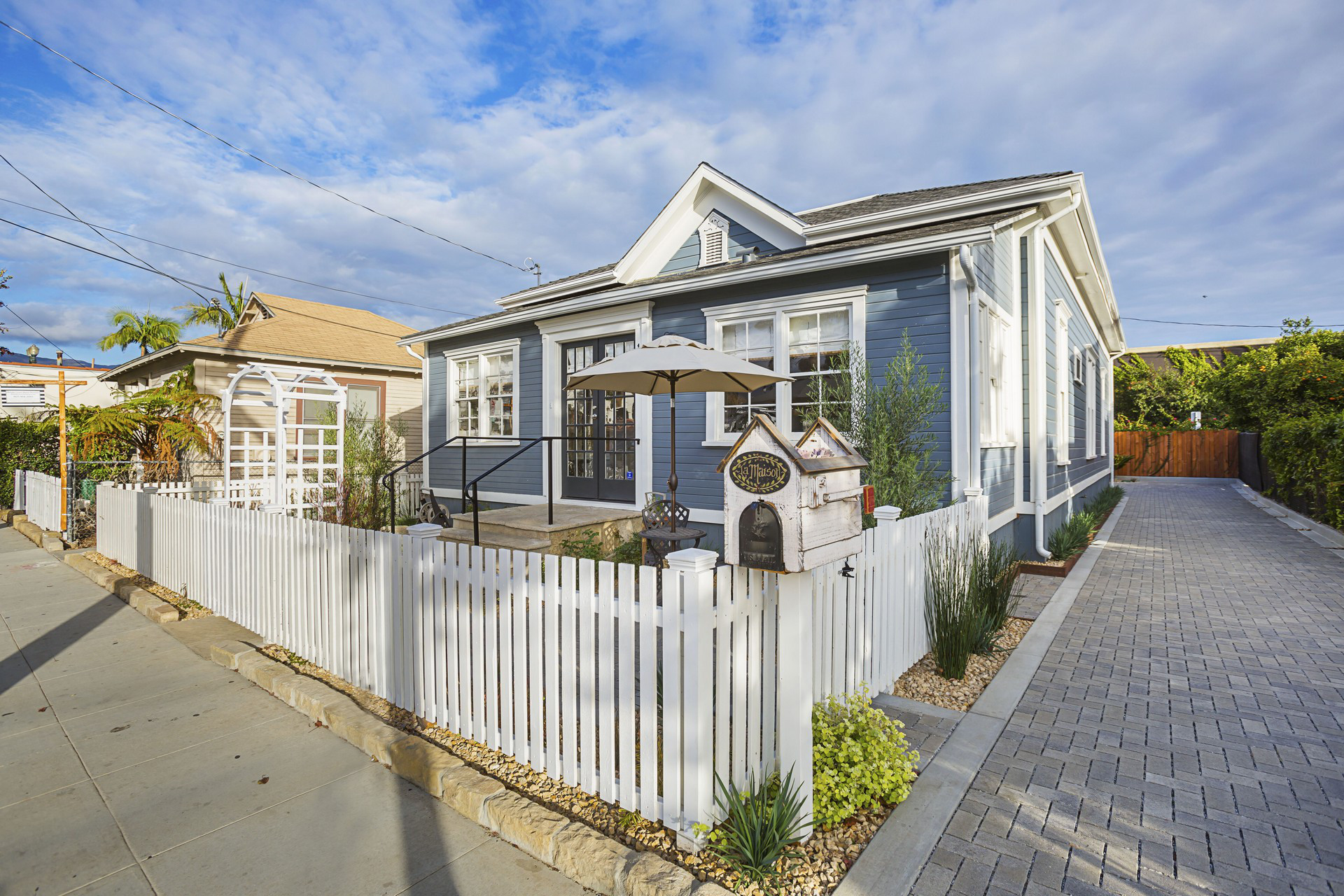Online BnBs Thrive in Santa Barbara
Highly Regulated, Vacation Rentals Went Underground in City

While possible, establishing a short-term rental in Santa Barbara is a daunting endeavor. A quick search for “Santa Barbara” on Airbnb will generate as many as 400 vacation rentals, but only a small percentage of these rentals are sanctioned by the city.
Full disclosure: One of them, La Maison Santa Barbara, is mine. It took just over a year to finalize the conversion, from the day my spouse and I bought it to the day it was approved and we received our business license.
Santa Barbara has been enforcing strict rules against short-term rentals (STRs) since early 2017. As the name indicates, short-term rentals are rented for fewer than 30 days. According to the city, “Short-term rentals and home sharing operations are ‘hotels,’” and they may “legally operate in zones that allow hotels.” The STR must also comply with rigid hotel building codes and be located in a nonresidential zone such as R-4, commercial, or manufacturing.
But that’s not all. Mandatory improvements can include removing illegal units, ensuring ADA-compliance, and installing on-site parking, permeable pavers, safety gates around spas, and drought-tolerant landscaping. If the property is over 1,000 square feet, the application will also need to go before the Santa Barbara design review board, and the potential STR will need to be converted to commercial use.
Once these costly and time-consuming steps are completed, there’s no guarantee the property will pass inspection and become a legal STR; it’s a discretionary process. For the best chance of success, the aspiring STR owner should review the Santa Barbara Municipal Code and seek the aid of planning professionals. Once the property is approved, the owner will need to acquire a business license from the city and pay Transient Occupancy Tax (TOT) and the Tourism Business Improvement District (TBID) assessment on a monthly basis.
Some have argued that Santa Barbara officials should not streamline any process that takes houses off the market and turns them into STRs. They worry that STRs are to blame for the lack of affordable housing in the city and that they degrade the quality of residential neighborhoods. However, banning them has pushed them underground, keeping the city from collecting and allocating tax resources to schools and other community services.
Many community members have shared that they believe well-managed and regulated STRs provide significant benefits to our community. For example, STRs bring visitors to our area and house family, former residents, workers, medical personnel, and professors temporarily in our area. They also provide additional year-round business to local merchants, stores, and service providers. More directly, revenue from short-term renting has helped people afford the high cost of living in Santa Barbara. Some homeowners have said they wouldn’t be able to afford their mortgages without it. In this way, locals benefit from the sharing economy by hosting travelers, many of whom flock to the area for destination weddings.
While it’s true Santa Barbara has an affordable housing shortage, short-term rentals are a major revenue source for the city. STRs contributed more than $1.8 million in TOT to the county in the 2017-18 fiscal year. In 2014-15, STRs generated about $470 million in overall economic activity, including some 5,000 jobs.
My spouse and I live a few blocks from La Maison, and we personally manage all communications with guests who stay at the property. The care we take in running our business shows. In two years of operation, we’ve received more than 200 five-star ratings on Airbnb and paid more than $50,000 in hotel taxes to the city. In addition to managing the rental, I am a freelance writer and teach yoga; my spouse is a software engineer and invests in local startups.
Like many in our community, we believe in the benefits of the sharing economy. Renting “Airbnbs” is one of the ways we can stanch consumerism, urban sprawl, and the cost of travel. Santa Barbara is a special place. We want people to visit and fall in love with it, as we did. STRs are one of the ways we can leave a smaller footprint while filling our city’s coffers.



